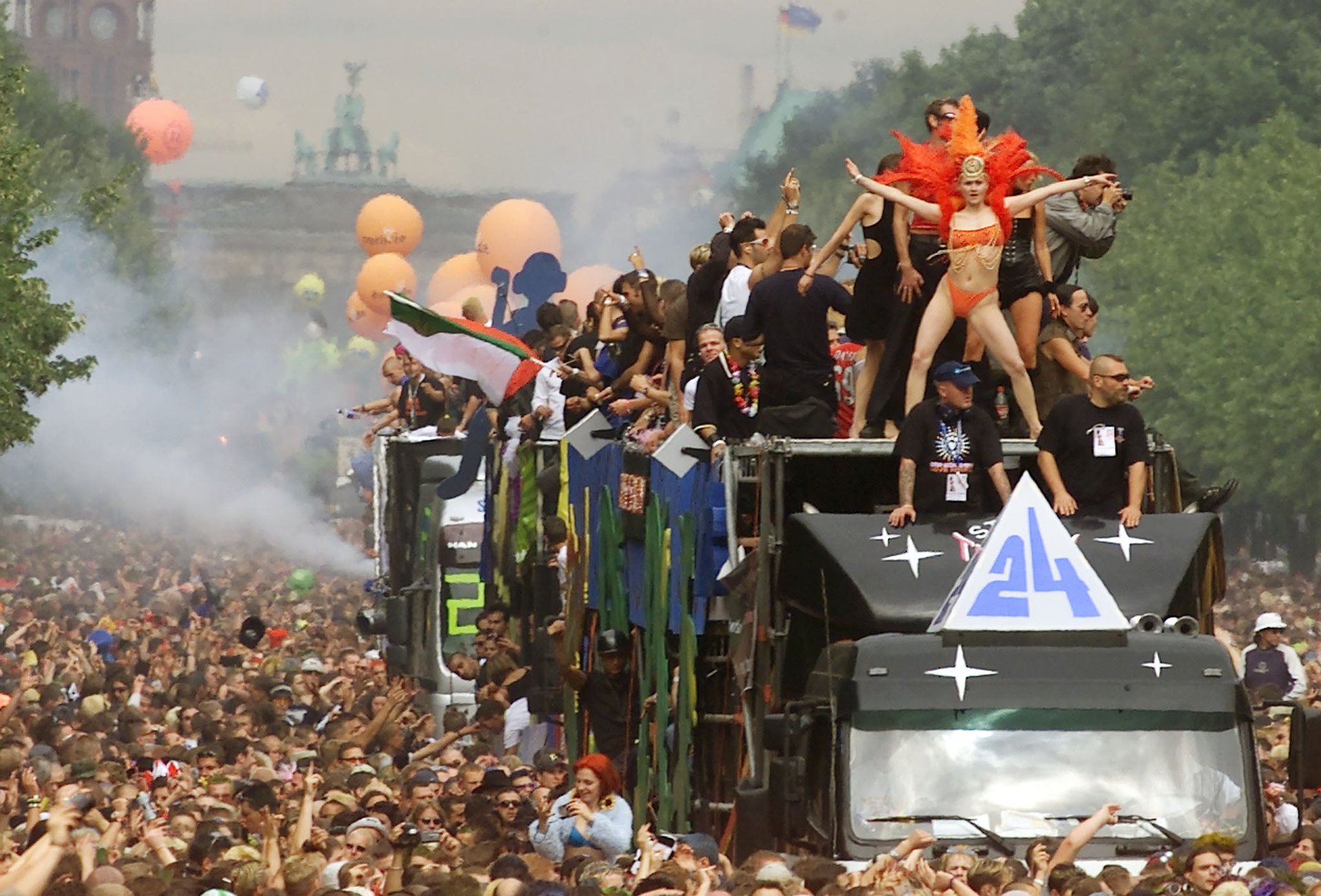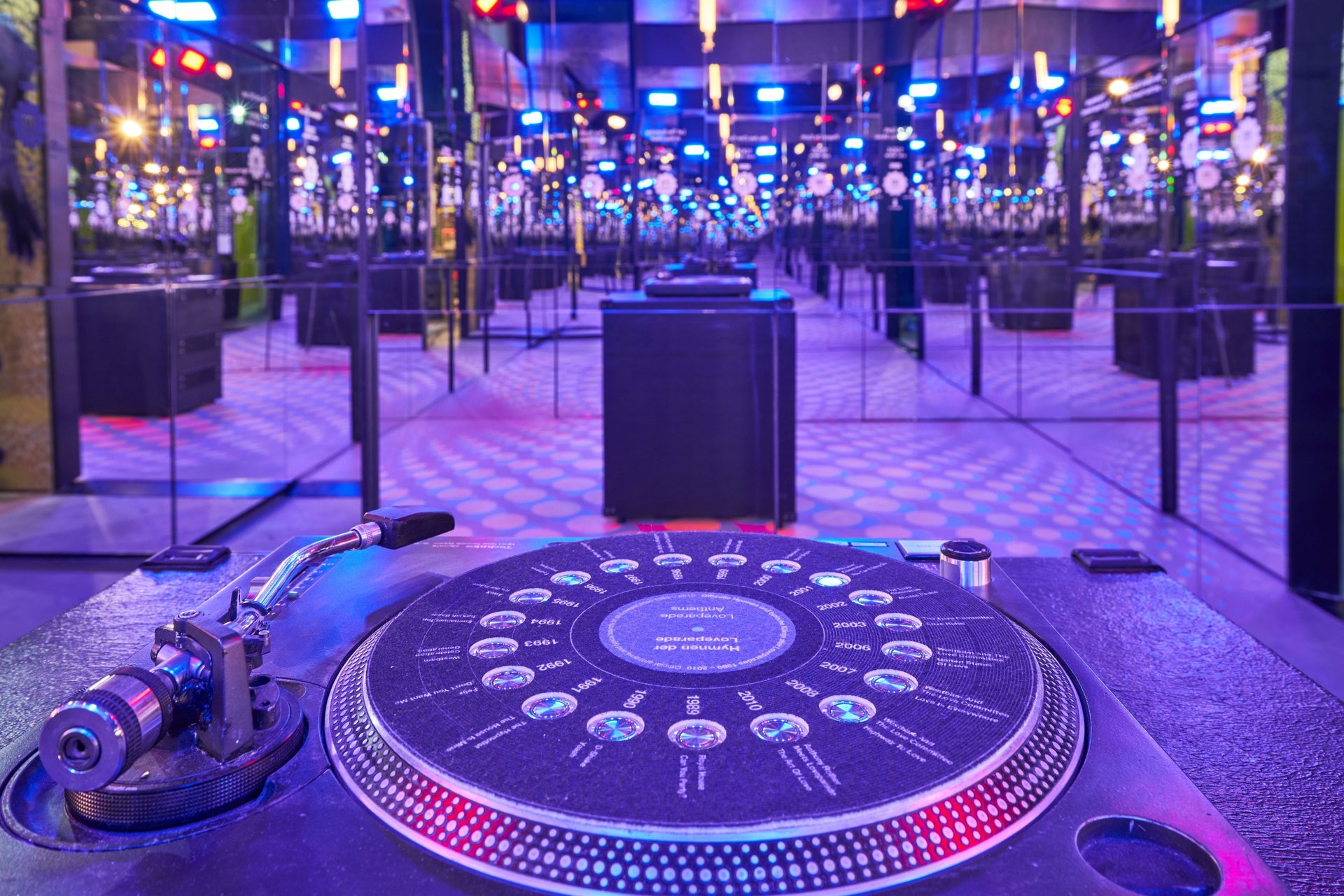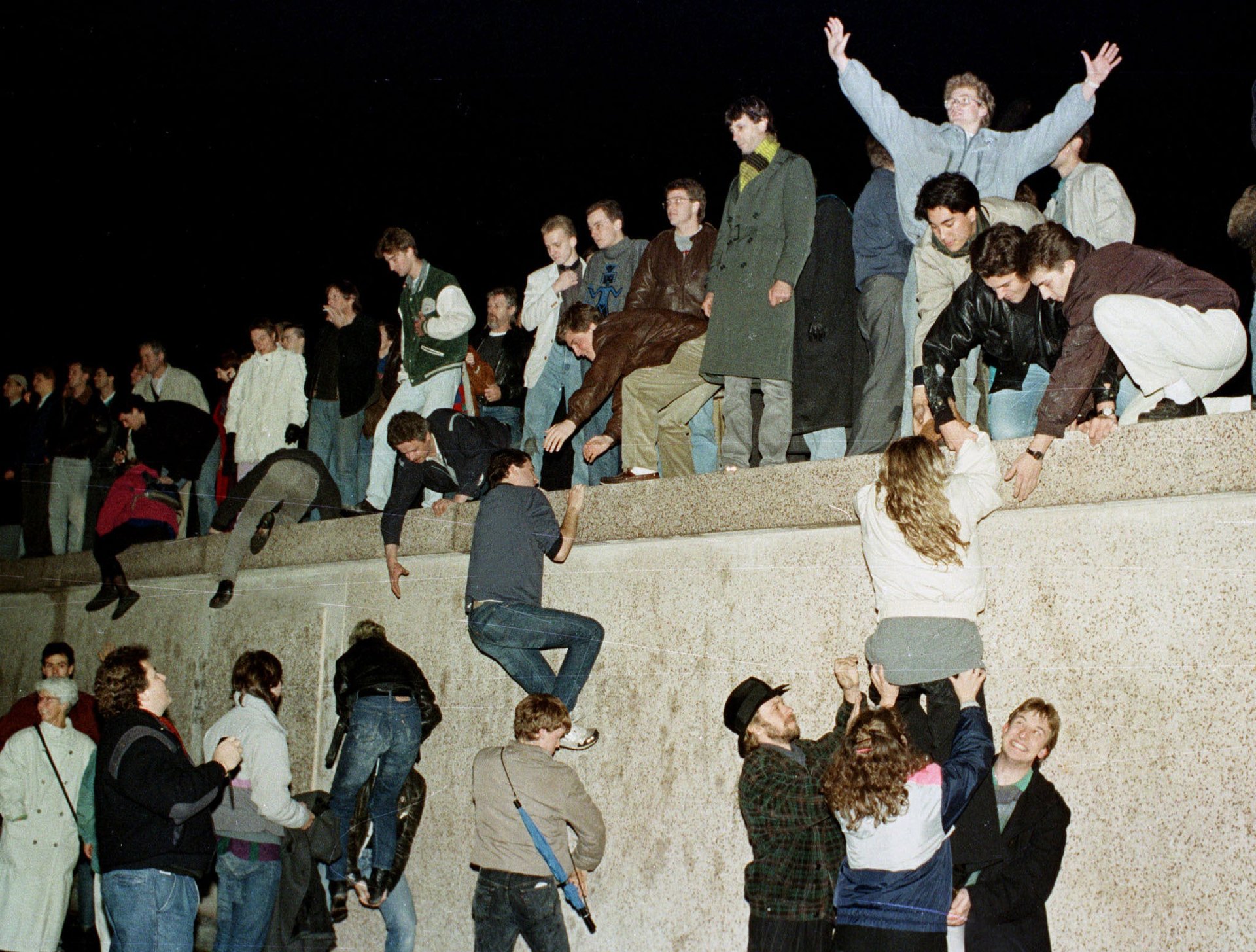How the wild 1990s forged Berlin’s identity as a hub for creativity
Hedonistic, creative, cheap, sexy, a playground for punks, clubbers, and artists. That has been the reputation the German capital around the world since the fall of the Berlin Wall in 1989.


Hedonistic, creative, cheap, sexy, a playground for punks, clubbers, and artists. That has been the reputation the German capital around the world since the fall of the Berlin Wall in 1989.
A new exhibition in Berlin celebrates the unique decade starting in 1990, when the city—cleft in two by the wall for 28 years—came together and began forging its identity as one of the freest, wildest, and most creative cities in the world.
The city has changed dramatically since then, with the unstoppable force of gentrification erasing the anarchist character of local neighborhoods and high rents driving legendary clubs out of the center of the city. Rapid rent hikes have priced many locals out and squats have been shuttered forever.
It’s only appropriate that the “nineties berlin” exhibition in the Alte Münze (Old Mint) feels like entering a dark techno club, a labyrinth of dark corridors and glow-stick neon lights. Visitors can listen to techno, pretend to be a DJ, and be reminded of the epic clubs that they went to—or wish they’d gone to—back in the day.

Videos of interviews with DJs, hooligans, squatters, and politicians who lived through Berlin’s rebirth explain what life was like back then.
“We thought that dancing on the streets would be super,” said Danielle de Picciotto, who co-founded the Love Parade festival 1989, describing how the iconic techno festival captured the progressive zeitgeist of the time. “Berlin is defiance,” she said in her interview.
“It was a wonderland for all, after the wall came down,” exhibition curator Michael Geithner told Quartz. “It may have fallen anyway a few weeks later, but how it came down was such a shock that no one knew what was happening—not in the East, not in the West—and it was above all young people, who quickly dared to go and explore this other country.”

From the wall came down until reunification in October 1990, there was a year there was no real order across the city as a whole—old laws were no longer valid, and new ones hadn’t been created.
“Hooligans noticed immediately there was no resistance any more, they could do what they wanted, and the police themselves didn’t know what to do,” Geithner said. “Only after October 1990 did West German police come and set up new structures—and the East German police were immediately demoted and had their salaries cut.”

One sobering section of the exhibition, named “Fear the Wall” (above), commemorates the 140 people who were killed trying to cross the wall, their names inscribed on a wall opposite a bank of Kalashnikovs, the weapon of the East German soldiers.
Berlin’s growing reputation as an electrifying place of freedom and possibility was capitalized upon by institutions like the Goethe Institute, which sent artists like de Picciotto around the world as cultural ambassadors for the city. However, once these artists asked for support as rents began rising, the unified city was loath to help them.
Geithner said that aim of the exhibition is to explain the myth of Berlin to a new generation of young people. “Berlin has an identity problem: It is no longer poor and it is no longer sexy, either,” he noted, referring to the famous description of the city as “poor but sexy” by former mayor Klaus Wowereit. “For many years the city was shaped by the low-cost living, the colorful alternative scene…All of that hardly exists anymore and what does must fight to survive.”